#vienna secession
Text

Water tower, Margit Islands, Budapest, 1914. From the Budapest Municipal Photography Company archive.
60 notes
·
View notes
Text
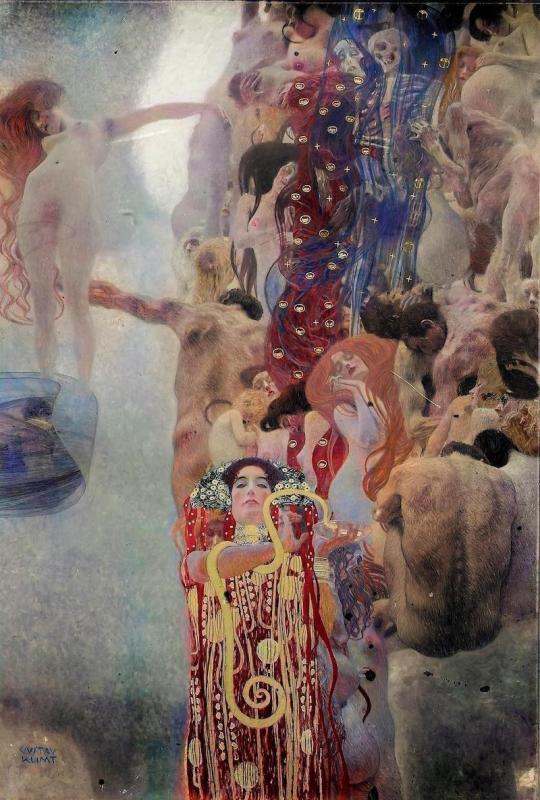
Medicine, Gustav Klimt, 1907
#gustav klimt#medicine#painting#illustration#art#dark academia#light academia#Art Nouveau#Vienna Secession#Symbolism#u
3K notes
·
View notes
Text

Friends (Water serpants), 1904. Gustav Klimt.
Tempera and gold leaf painting on parchment.
771 notes
·
View notes
Text

Koloman Moser, 1901
more
1K notes
·
View notes
Text

Hekate by Maximilian Pirner (1901)
#maximilian pirner#art#paintings#fine art#1900s#1900s art#art nouveau#vienna secession#painting#czech art#czech artist#mythology#greek mythology#hekate#hecate#greek goddess#classic art
2K notes
·
View notes
Text

Gustav Klimt, "Water Serpents I", 1904–07
#Gustav Klimt#art#painting#water serpents#art nouveau#modern art#japonism#symbolism#vienna secession#watercolor on parchment
658 notes
·
View notes
Text

Gustav Klimt, The Dancer, 1916-17 (unfinished), oil on canvas.
Private Collection
#1916#painting#gustav klimt#klimt#art#fine art#the dancer#dancer#art nouveau#art nouveau painting#unfinished#art nouveau painter#art nouveau in austria#Vienna Secession#art nouveau in vienna#The Vienna Secession#Vienna's Golden Age#beauty of female#Oriental wallpaper#asian look
554 notes
·
View notes
Text

Koloman Moser (1868-1918), ''Ver Sacrum'', #1, 1898
Source
#koloman moser#Hungarian artists#ver sacrum#art nouveau#vienna secession#vintage illustration#what does “vintage illustration” even mean?#Gotta find some new tags
138 notes
·
View notes
Text

Anonymous. Gustav Klimt, Emilie und Helene Flöge, Litzlberg at Attersee, Austria, 1906 | src Ostlicht
"This private photograph is captivating because of the contrast between the different silhouettes of the three figures, which reveals the emancipatory radicalism of the reform dress. Implicitly, as one might say, this also "quotes" the design element of repeated curved lines, as found in many of Gustav Klimt's compositions."
read more on wordPress
#gustav klimt#emilie flöge#helene flöge#schwestern flöge#emilie floge#vintage photography#vintage photo#family photos#1900s#attersee#lake#jetty#waterscape#dock#wiener werkstaette#Wiener Werkstätte#Wiener Werkstatte#Wiener Werkstaette#Vienna Secession#1900s fashion
264 notes
·
View notes
Photo





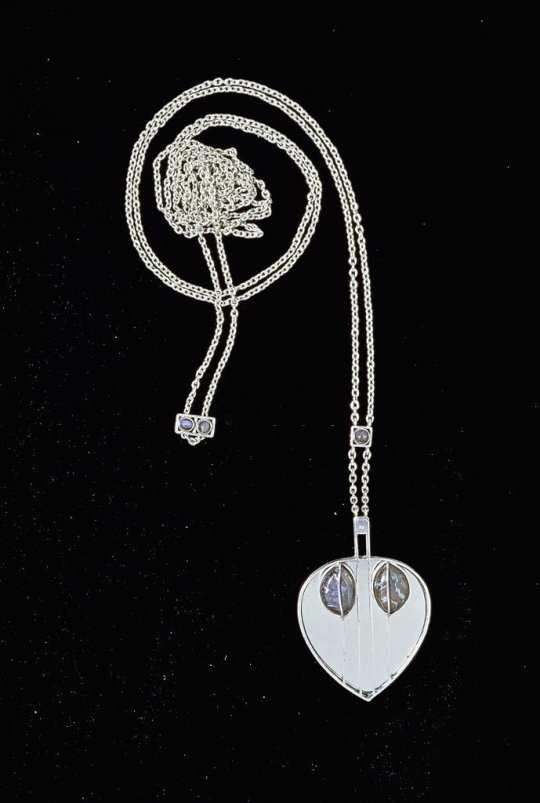

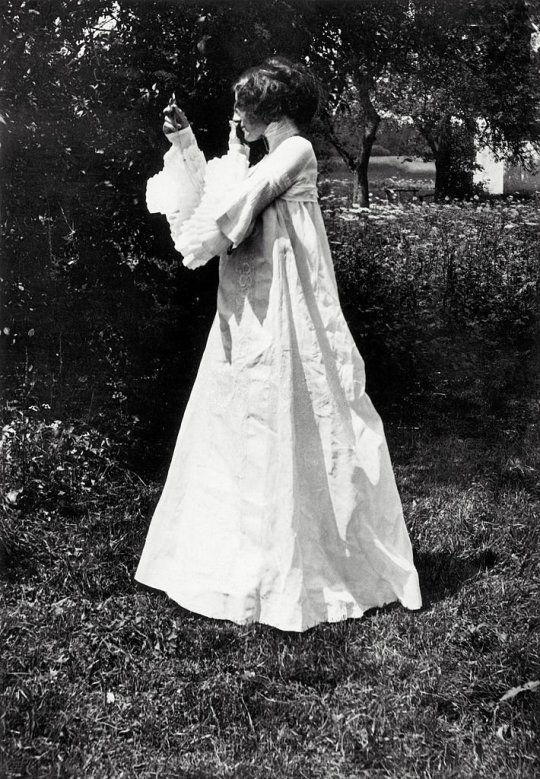

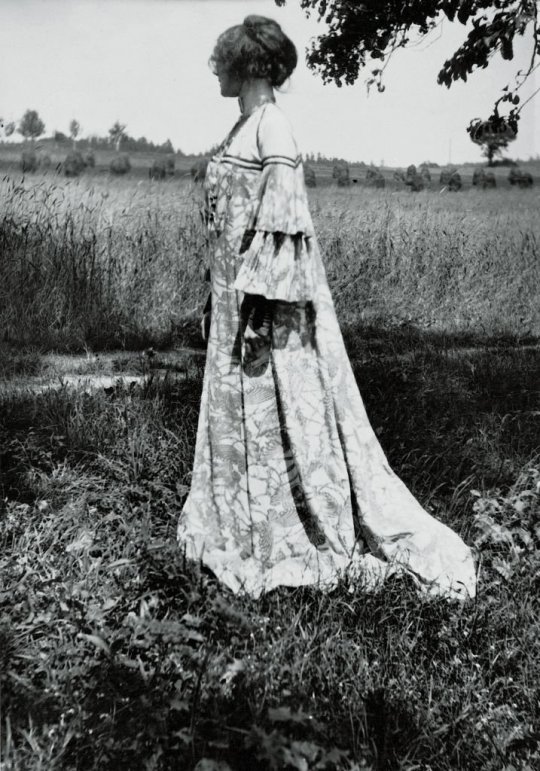
Austrian fashion designer Emilie Flöge, 1900s
She was Gustav Klimt’s muse, lover, and lifelong companion. The necklaces were gifts from Klimt.
Coco Chanel is often heralded as the sole designer to revolutionize modern womenswear, and it’s true that she popularized trousers and comfortable two-piece suits at a time when upper-class women had limited sartorial options. But by the time Chanel opened her salon at 31 Rue Cambon in Paris in 1910, Flöge had been producing cutting-edge designs in Vienna for several years, already carving out new roles for women in the industry with her empire-waist garments, wide sleeves and intricately-detailed panels inspired by Hungarian and Slavic embroidery, marking a departure from the restrictive, corseted dresses that were the mainstays for the time.
In 1904, Emilie and her two sisters opened the fashion house Schwestern Flöge on Vienna’s bustling Mariahilfer street—an unusual venture for three unmarried, thirty-something women to take on then. Klimt and Flöge’s relationship was also extremely unusual: they were romantic partners that never got married nor had children, and maintained a level of independence unprecedented for the time.
via
520 notes
·
View notes
Text

Leo Frank - Sea Eagle, color woodblock print
114 notes
·
View notes
Text
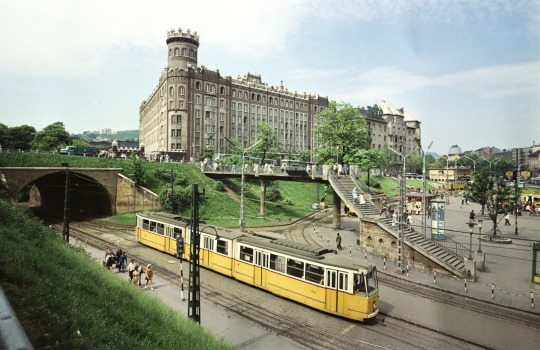
Hungarian Post Office headquarters AKA "Postapalota" (Post Palace), Kálmán Széll (then Moscow) Square, Budapest, 1975. From the Budapest municipal photography company archive.
332 notes
·
View notes
Text

Gustav Klimt
Die Braut (The Bride, unfinished), 1917
Oil on canvas.
#gustav klimt#vienna secession#symbolism#art#painting#oil painting#oil on canvas#jugendstil#wiener jugendstil
167 notes
·
View notes
Text

Miss Emilie Floege, 1902. Gustav Klimt
Oil on canvas.
#gustav klimt#art#painting#vienna secession#art nuveau#peinture#pittura#pintura#malerei#1900s#psychology
722 notes
·
View notes
Photo


Koloman Moser, from Jugendschatz, 1897
scanned by 50watts.com
3K notes
·
View notes
Text

The End of All Things by Maximilian Pirner (1887)
#maximilian pirner#art#paintings#fine art#19th century#19th century art#art nouveau#vienna secession#painting#czech art#czech artist#macabre#death#symbolism#gorgon#classic art
968 notes
·
View notes